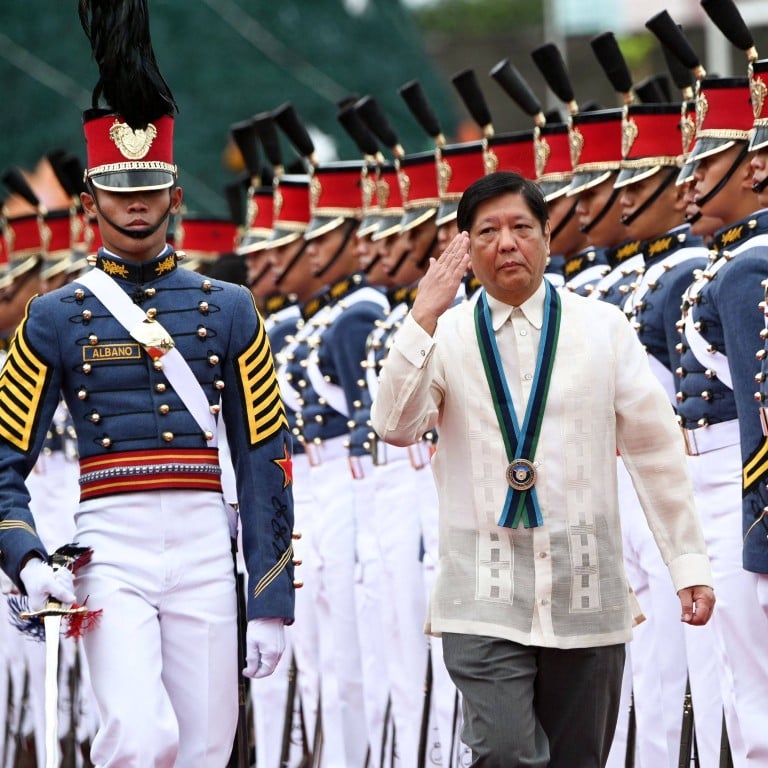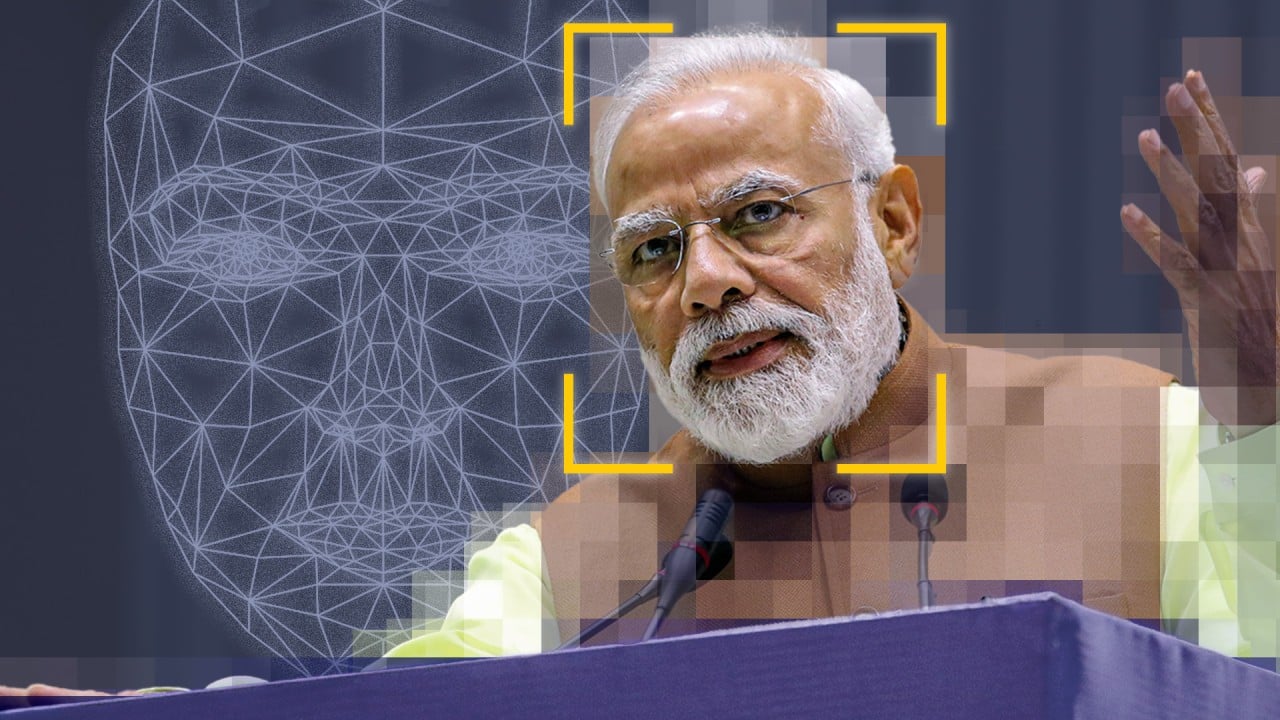
Philippines says ‘foreign actor’ behind Marcos Jnr deepfake urging military action against China
- The government said it was investigating the spread of the manipulated video ‘seemingly asking the armed forces to act against another nation’
- The fake content circulated this month amid mounting tensions between Manila and Beijing over their overlapping claims in the South China Sea
The government is investigating the spread of the manipulated video and will file cases against those responsible, the communications office said in a statement on Friday. The deepfakes “seemingly asking the armed forces to act against another nation” have since been taken down, the office said, without mentioning China.
A local media report said the deepfakes portrayed the Philippine leader to be calling for the use of force to retaliate against China. His communications office flagged the manipulated content earlier this week, and said there’s no such directive from the president.
Deepfake of Marcos Jnr ordering military action against China causes alarm
“It has come to the attention of the Presidential Communications Office that there is video content posted on a popular video streaming platform circulating online that has manipulated audio designed to sound like President Ferdinand R. Marcos Jnr,” the PCO said in a statement on Tuesday.
“The audio deepfake attempts to make it appear as if the president has directed our Armed Forces of the Philippines to act against a particular foreign country. No such directive exists nor has been made,” it added.
According to the PCO, it is working on measures to combat fake news, misinformation, and disinformation through its Media and Information Literacy Campaign.
“We are also closely coordinating and working with government agencies and relevant private sector stakeholders to actively address the proliferation and malicious use of video and audio deepfakes and other generative AI content,” it said.
The Marcos deepfakes show how nations around the world from the US to India are grappling with manipulated online content attempting to influence politics as artificial intelligence takes off.
Last year, Defence Secretary Gilberto Teodoro Jnr warned military and security personnel against using apps that harness AI to generate personal portraits, saying they could be “maliciously used to create fake profiles that can lead to identity theft, social engineering, phishing attacks, and other malicious activities”.
Three lawmakers have also sought through a bill heavier penalties against crimes committed using deepfake technology.
Philippines’ Marcos rules out sacking Vice-President Duterte amid wife’s feud
The draft bill defines a “deepfake” as “any audio, visual or audiovisual recording created or altered through technical means, such as video recording, motion-picture film, sound recording, electronic image, or photograph, which are so convincing that a reasonable person would mistake it for an authentic representation of an individual’s speech or conduct.”
Illegal deepfakes can “infringe on copyrights, violate data protection, defame individuals, and intrude upon privacy”, according to the bill.
Additional reporting by SCMP’s Asia desk


